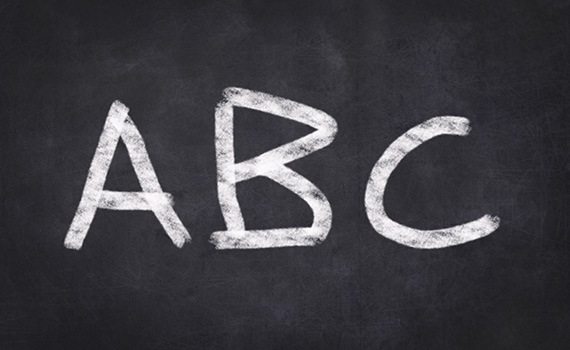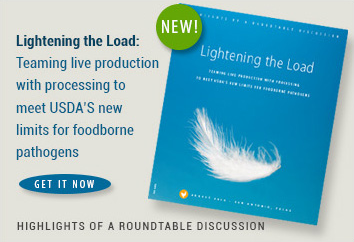VFD requirements for feed mills: Not as simple as A, B, C

Part 4 in a series
In an exclusive 90-minute interview with editors from the VFD News Centers and Poultry Health Today, William Flynn, DVM, MS, deputy director for science and policy for FDA’s Center for Veterinary Medicine, clarified some hazy points of the new veterinary feed directive (VFD) regulations that took effect January 1, 2017. In this installment, Flynn talks about new requirements for feed mills.
Q: We know a VFD is needed before the medicated feed is fed to animals. However, can a feed mill order and inventory a VFD medication without having a VFD from the veterinarian?
WF: Yes, as long as it’s for a Type A medicated article, which is a concentrated product, versus Type B, which is a premix, and Type C, which is the actual finished feed. We consider Types B and C medicated feeds.
Q: What notifications are required for Type B or Type C feed that contains a VFD medication?
WF: If you’re a distributor intending to sell Type B or C medicated feed products that contain a VFD drug, you must send a one-time notification to FDA that you’re going to distribute these products. We call this the distributor notification letter. The letter to FDA says, in essence, that “I intend to be in the business of distributing feed containing VFD drugs.” This is mainly so FDA knows who’s out there distributing this feed.
Q: Is this notification letter in a standardized form that can be downloaded from FDA’s website?
WF: Yes, and it’s available via our website under “Notifications” [www.ecfr.gov Title 21; 558.6 (c ) (5, 6 and 7)].
Q: What’s an acknowledgement letter and how does it differ from the distribution notification?
WF: The acknowledgement letter is sent by a distributor who will be receiving Type B or C feed containing a VFD drug to the originating distributor providing the feed. The originating distributor selling that feed cannot distribute it to the receiving distributor until the receiving distributor sends that acknowledgement letter stating the feed will not be fed to animals without a VFD.
If the receiving distributor, in turn, plans to sell the feed to anyone else, they can’t do so until they have an acknowledgement letter from their receiving distributor. It’s a bit of a daisy chain.
The acknowledgement letter enables VFD feed to move through distribution channels without a VFD or before a VFD is required.
Q: Is there any requirement for how long an acknowledgement letter has to be retained by a distributor?
WF: Yes. An acknowledgment letter may be written to cover one or more shipments of a VFD feed with an open-ended duration. In that instance, the acknowledgment letter must be kept for 2 years from the date of last shipment distributed under the acknowledgment letter.
Q: Do distributors have to obtain acknowledgement letters for every shipment?
WF: That question has come up before. No, you don’t have to have an acknowledgement letter for every shipment. If you have an ongoing relationship with the distributor you’re shipping to, I think you’re fine.
Posted on February 1, 2017
 We’re glad you’re enjoying
We’re glad you’re enjoying










